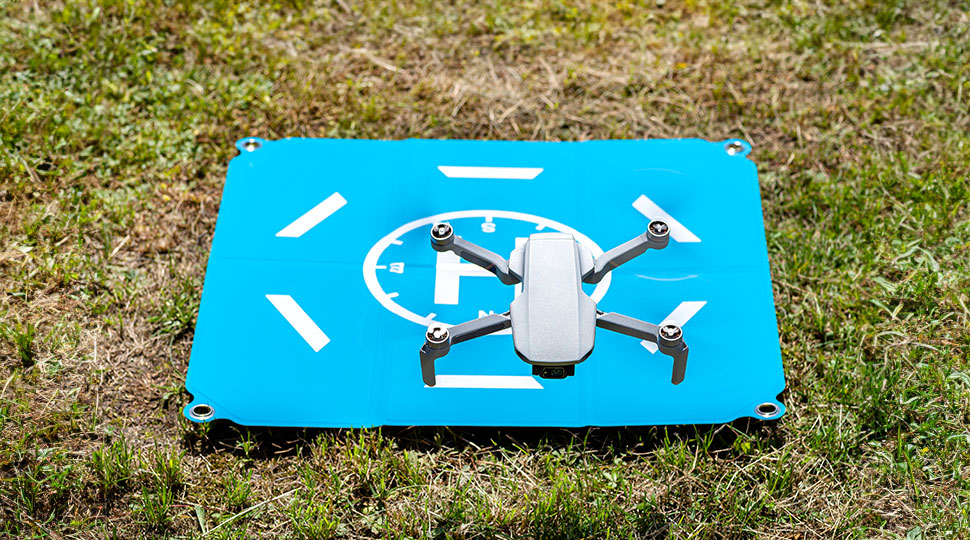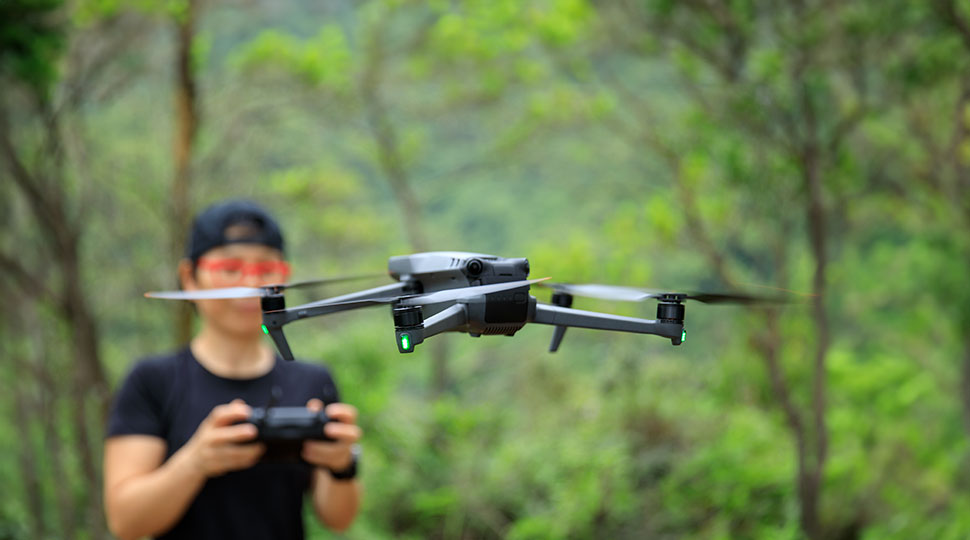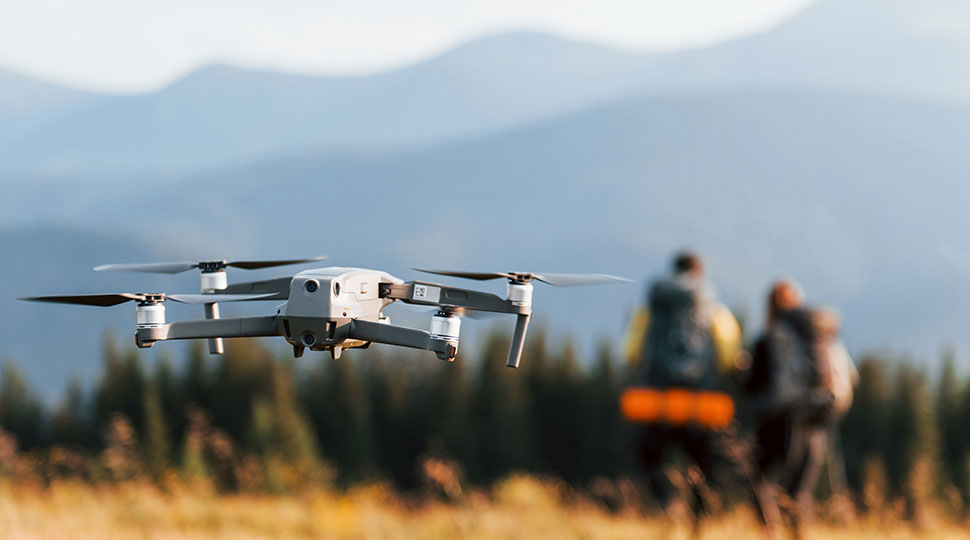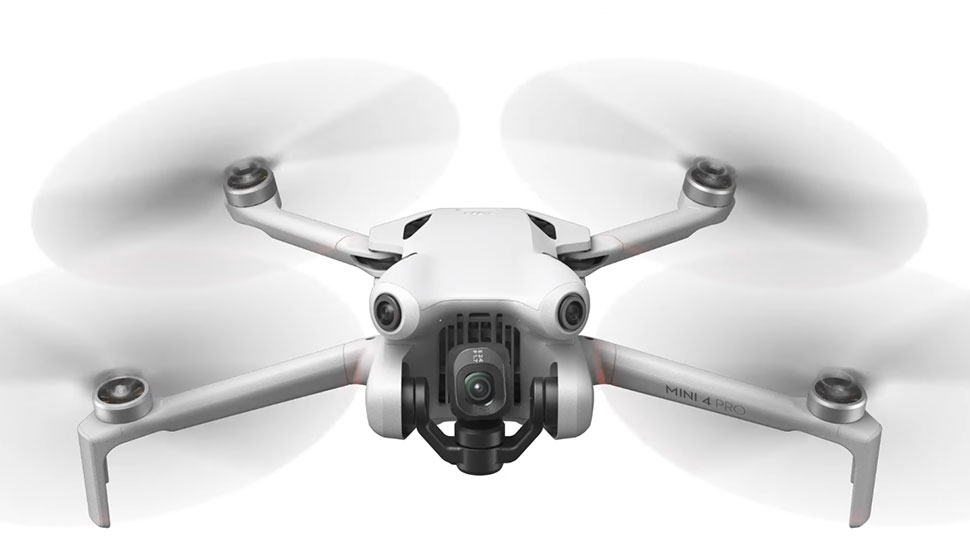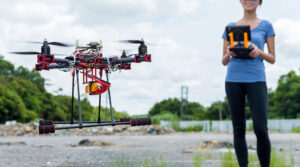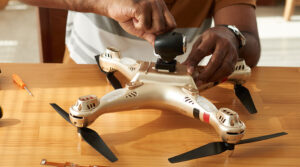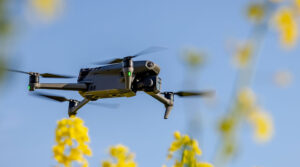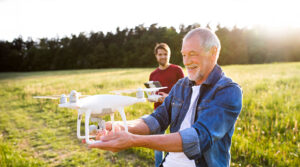The Drone GPS System is an integral part of modern drone technology, enabling precise and stable flight control. Optimizing your drone’s GPS system and accuracy ensures a better flying experience and improved safety, whether you’re an enthusiast or a professional.
We’re going to look at five essential tips for enhancing your drone’s GPS system, which includes using a high-quality antenna, utilizing differential corrections, updating firmware, calibrating the compass, and checking altitude settings before flying.
Get the latest articles in your inbox fresh and ready to read …
Get the New To Drones "All Access Pass"
All Access Pass members enjoy unlimited access to entire articles – 100% FREE
By signing up you agree to our Terms of Service and Privacy Policy. You also agree to receive our newsletters (you can easily and quickly opt-out at any time).
You will receive free access to all of our articles while you are a member of the site.
Tip #1: Use a High-Quality Antenna for Maximum Signal Strength and Range
The quality of your drone’s GPS antenna has a significant impact on its performance. A high-quality antenna ensures maximum signal strength and range, leading to better GPS accuracy and stability during flights. When choosing an antenna, factors such as size, weight, and compatibility with your drone’s GPS system should be considered. Additionally, make sure to install the antenna correctly, as improper installation can lead to signal interference and reduced GPS accuracy.
There are several reputable online stores and local hobby shops where you can purchase a suitable antenna for your drone. Researching customer reviews and seeking recommendations from experienced drone pilots can help you find a high-quality antenna that meets your specific requirements.
Tip #2: Utilize Differential Corrections for Improved Precision and Reliability
Differential Corrections are a technique used to improve the accuracy of the drone GPS system by accounting for errors caused by factors such as atmospheric conditions, satellite orbits, and clock inaccuracies. By utilizing differential corrections data, your drone can achieve centimeter-level accuracy, enhancing its precision and reliability during flight.
There are several sources available to provide accurate differential corrections data, including government organizations, commercial service providers, and community-driven projects. Some popular options include the United States’ Nationwide Differential GPS (NDGPS) service, the European Union’s European Geostationary Navigation Overlay Service (EGNOS), and Japan’s Quasi-Zenith Satellite System (QZSS).
Tip #3: Update Firmware Regularly for Enhanced Functionality and Security Fixes
Updating your drone’s firmware is crucial for maintaining optimal performance and ensuring the latest security fixes are in place. Manufacturers regularly release firmware updates to address issues, add new features, and improve the overall functionality of the drone GPS system.
To update your drone’s firmware, follow these steps:
1. Visit the manufacturer’s website and locate the support or download section.
2. Download the latest firmware version compatible with your drone model.
3. Follow the instructions provided by the manufacturer to install the firmware update on your drone. This process typically involves connecting your drone to a computer via USB and using specialized software to perform the update.
4. After the update is complete, verify the firmware version has been updated and perform any necessary calibrations or setting adjustments as recommended by the manufacturer.
Tip #4: Calibrate the Compass Regularly
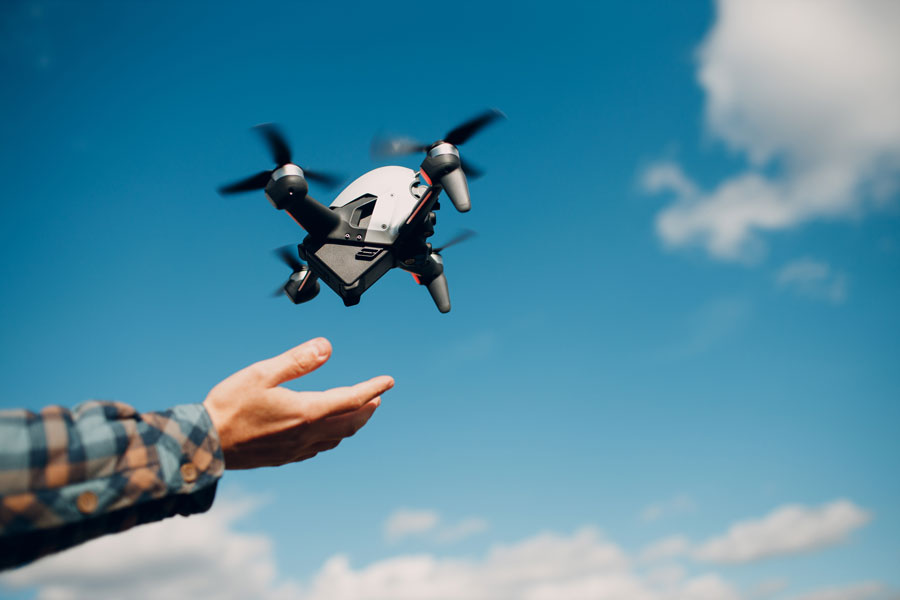
Calibrating your drone’s compass is essential for ensuring accurate GPS navigation and maintaining stable flight. Calibration compensates for any magnetic interference in the environment and ensures that your drone’s compass readings are as accurate as possible.
To properly calibrate your drone’s compass, follow these steps:
1. Find an open area free of any potential magnetic interference, such as large metal objects or power lines.
2. Consult your drone’s manual or manufacturer’s guidelines for specific calibration procedures, as the process may vary depending on the model.
3. Perform the calibration steps as instructed, which typically involve rotating the drone in specific patterns to ensure accurate compass readings.
4. After calibration is complete, verify that your drone’s compass is functioning correctly and adjust any settings as necessary.
Tip #5: Check Altitude Settings Before Flying
Checking your drone’s altitude settings before each flight is vital for ensuring safe operation and compliance with local regulations. Many countries have specific altitude restrictions for drone flights, and exceeding these limits can result in fines or other penalties. It’s therefore essential to ensure the drone GPS system is working properly.
Before flying your drone, take the following steps to adjust your altitude settings:
1. Consult your local aviation authority or regulatory body to determine the maximum allowable altitude for drone flights in your area.
2. Access your drone’s settings menu and locate the altitude settings.
3. Adjust the maximum altitude setting to comply with local regulations, ensuring that your drone will not exceed the specified limit during flight.
Cleared for Takeoff
Optimizing your drone’s GPS system is essential for a better flying experience and improved safety. By following these five tips – using a high-quality antenna, utilizing differential corrections, updating firmware, calibrating the compass, and checking altitude settings before flying – you can enhance your drone’s GPS accuracy and reliability.
With an optimized GPS system, you can enjoy more precise and stable flights, giving you greater confidence and control over your drone.

